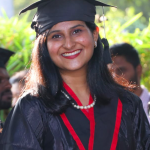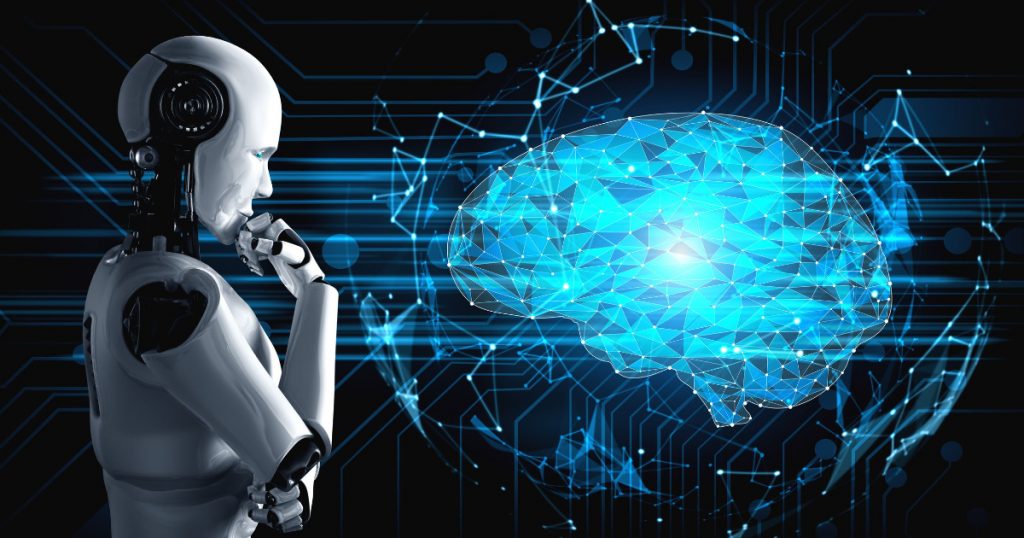
The "EPD" In Stroke: Golden Triad of Early Prevention and Detection - Part 1
Through the past blogs and vlogs in this series, we have come to realise the utmost urgency that is required in producing solutions to deal with and address the burden of stroke as a rapidly evolving global health challenge. In the last blog of this series, we will look at “EPD: Early Prevention and Detection” of stroke in two parts.
Early detection/ prediction in stroke: What are the advancements?
One of the key gold standards used globally, as a confirmatory diagnosis of stroke, and also for locating the region of the brain affected (infarcted tissue) is via the use of a Computed Tomography (CT) scan. It is also possible to diagnose a stroke using a Magnetic Resonance Imaging (MRI) scan.
With advancements, artificial intelligence (AI) and machine learning (ML) are some of the fastest developing uses of technology, which have undoubtedly begun to have a critical role in the healthcare sector as well. Several AI-ML companies have been focusing on the integration of large imaging datasets (majorly opensource, from clinical settings around the world) in order to train machine learning models to detect disease and also predict incidence and prognosis of stroke.
The goals of AI include: 1) experience-based learning, 2) decision making and 3) problem solving. Machine learning is a subset of AI which enables computers to solve novel problems based on data-driven rules derived directly from large data sets. This is based on a learning model and does not require complex pre-programming by humans. However, one limitation of conventional machine learning techniques is that they have limited ability to process large volumes of unstructured data (mainly imaging and clinical data). One of the main objectives of such algorithms is to develop software adaptations that can learn patterns from multidimensional medical datasets like – clinical, biological (genetic, immunological, and serological markers) and imaging data.
Deep learning is latest revolutionary entrant in machine learning. Neural networks are the foundation of deep learning, and consist of recurrent neural network and convolution neural network (CNN). Deep learning can provide solutions to very challenging tasks by training deep neural networks, which in turn, can be advantageous for image classification of several millions of brain scans, to predict stroke.
Recent literature shows several neuroscience research groups working on the expansion of AI-based models to detect parametric clinical observations that are common after stroke, such as: attention, language, motor, visual functions and memory, using resting state functional connectivity using functional magnetic resonance imaging (fMRI). A group led by Dr. Hummel, a neuroscientist and Director of the Defitech Chair for Clinical Neuroengineering at EPFL’s School of Life Sciences, found two powerful tools to demonstrative a predictive method of outcomes for treatment of stroke. These are connectomes and machine learning. Connectomes are merely a representation of the wiring inside the brain and can be generated through the analysis of multiple scan taken from MRIs. These help reconstruct the brain’s underlying structural or functional wiring, without actually impacting or invading the brain and can be a very useful tool for scientists to interpret brain data in order to predict outcomes in functional recovery after stroke.
Apart from just cerebral, cardiovascular health is also an important detector/ predictor of stroke. Stay tuned for part 2, which will discuss this in further detail.

HPHR.org was designed by ComputerAlly.com.
Visit HPHR’s publisher, the Boston Congress of Public Health (BCPH).
Email communications@bcph.org for more information.

Click below to make a tax-deductible donation supporting the educational initiatives of the Boston Congress of Public Health, publisher of HPHR Journal.![]()